

Caterpillars in Your Yard and Garden, Page 35
Reviewed
Poplar tentmaker caterpillars (Clostera inclusa) are present from spring to fall. They produce two generations per year.
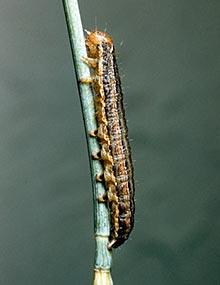
Caterpillars in Your Yard and Garden, Page 03
Reviewed
Armyworm caterpillars (Pseudaletia unipunctata) are present from early summer to fall. They produce three generations per year.
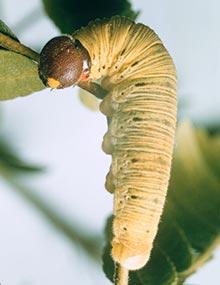
Caterpillars in Your Yard and Garden, Page 38
Reviewed
Silverspotted skipper caterpillars (Epargyreus clarus) are present in summer and fall. They produce two to three generations per year.
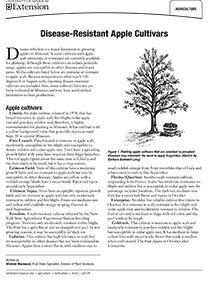
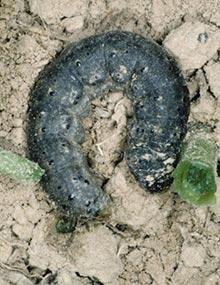
Caterpillars in Your Yard and Garden, Page 06
Reviewed
Black cutworm caterpillars (Agrotis ipsilon) are present from late spring to fall. They produce one to three generations per year.
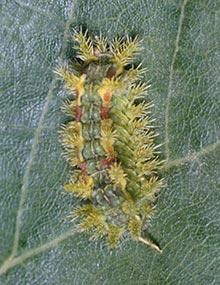
Caterpillars in Your Yard and Garden, Page 41
Reviewed
Spiny oak slug caterpillars (Euclea delphinii) are present in summer and fall. They produce one to two generations per year.
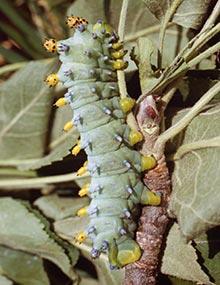
Caterpillars in Your Yard and Garden, Page 09
Reviewed
Cecropia moth caterpillars (Hyalophora cecropia) are present from May to August. They produce one generation per year.
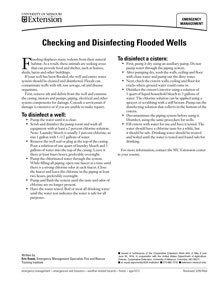
Checking and Disinfecting Flooded Wells
Reviewed
Learn how to clean and disinfect flooded wells and cisterns to ensure safe drinking water, including inspection, chlorination, and testing steps.
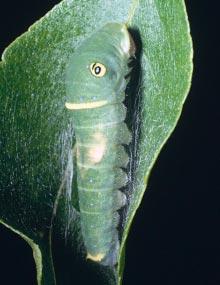
Caterpillars in Your Yard and Garden, Page 44
Reviewed
Tiger swallowtail caterpillars (Papilio glaucus) are present from May to October. They produce two to three generations per year. Preferred host plants include hoptree, birch, tulip tree, ash, basswood, cherry, apple, willow and magnolia.
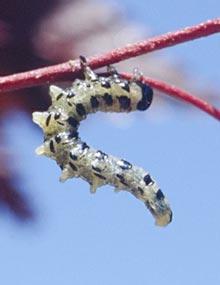
Caterpillars in Your Yard and Garden, Page 12
Reviewed
Dusty birch sawfly caterpillars (Croesus latitarsus) are present in summer and fall. They produce two to three generations per year.
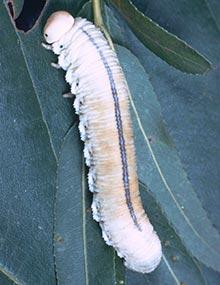
Caterpillars in Your Yard and Garden, Page 15
Reviewed
Elm sawfly caterpillars (Cimbex americana) are present from summer to fall. They produce one generation per year.
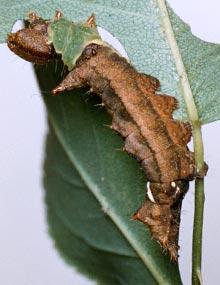
Caterpillars in Your Yard and Garden, Page 47
Reviewed
Unicorn caterpillars (Schizura unicornis) are present from summer to fall. They produce one generation per year.
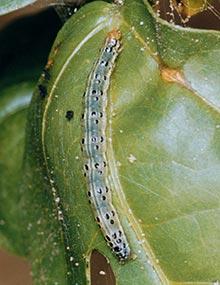
Caterpillars in Your Yard and Garden, Page 18
Reviewed
Garden webworm caterpillars (Achyra rantalis) are present from late spring to fall. They produce two to three generations per year.
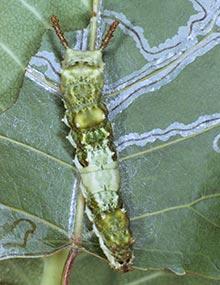
Caterpillars in Your Yard and Garden, Page 50
Reviewed
Viceroy caterpillars (Limenitis archippus) are present from early summer to fall. They produce two generations per year.
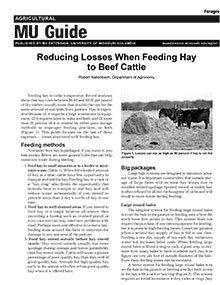
Reducing Losses When Feeding Hay to Beef Cattle
Reviewed
Feeding hay to cattle is expensive, mostly due to waste. Learn good management practices to minimize the losses that occur due to poor storage methods, improper feeding methods, or both.
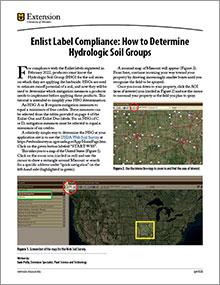
Enlist Label Compliance: How to Determine Hydrologic Soil Groups
New
Learn how to use the USDA Web Soil Survey interactive map to determine your field's hydrologic soil group for the soil series on which you plan to apply an Enlist herbicide.
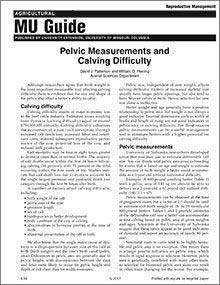
Pelvic Measurements and Calving Difficulty
Reviewed
Learn how pelvic measurements can help estimate calf birth weight and reduce calving difficulty in beef cattle.

Missouri Farm Labor Guide
Revised
Learn good human resource practices related to employee recruitment, hiring, onboarding, training and termination that your farm or agribusiness can use.
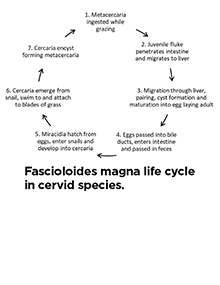
Liver Flukes in Missouri: Distribution, Impact on Cattle, Control and Treatment
Reviewed
Cattle operations should evaluate their risk for is Fascioloides magna, also known as the deer fluke or the giant liver fluke. Learn about its distribution in Missouri, its life cycle, treatment and more in this guide.

Decision-Making Techniques for Community Groups
Reviewed
Explore four decision-making techniques to help community groups identify and prioritize projects effectively.
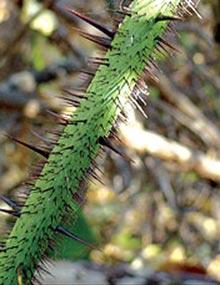
Quail-Friendly Plants of the Midwest, Page 22
Reviewed
Greenbriers grow as stout vines, climbing with the aid of tendrils that arise in pairs at the base of leaf stalks. The flowers are small and green and grow in clusters of 5 to 26 flowers on long stalks.
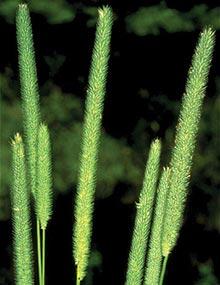
Quail-Friendly Plants of the Midwest, Page 54
Reviewed
Timothy is a cool-season bunch grass. By late spring it can be readily identified by the blue-green, cylindrical seed head resembling a small cattail. It has an elongated ligule at the base of the leaf, with a notch on each side.
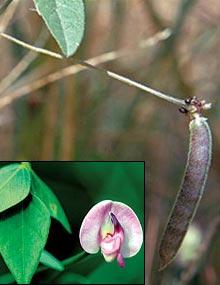
Quail-Friendly Plants of the Midwest, Page 57
Reviewed
Three species of wild bean occur in the Midwest. Each is a somewhat small plant with twining vines and relatively small leaves composed of three leaflets. Seeds are present in hairy pods.
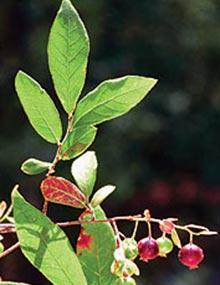
Quail-Friendly Plants of the Midwest, Page 25
Reviewed
Huckleberries are stiffly branched leafy shrubs or small trees, often found in extensive colonies, from 6 inches to 10 feet tall. The alternate, simple leaves are 3/4 to 3 inches long and 1/2 to 1 inch wide. The fruits are blue to black berries with a faint whitish coating.
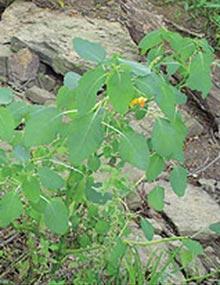
Quail-Friendly Plants of the Midwest, Page 28
Reviewed
Jewelweed commonly reaches 18-24 inches. Leaves have scalloped edges and fleshy stems that exude a clear, watery gel-like liquid when crushed. Flowers are orange (I. capensis) or pale yellow (I. pallida).